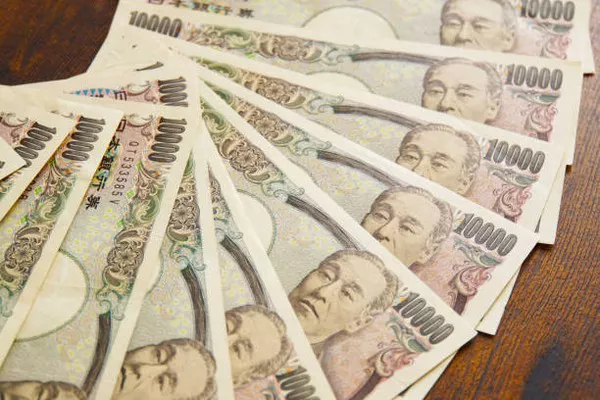The Japanese yen traded within a tight range against the dollar during Friday’s Asian session, consolidating this week’s heavy losses to its lowest level since 1990. The Bank of Japan (BoJ) has given few clues on when it will raise interest rates further, while markets are currently betting that the Federal Reserve (Fed) will not cut rates until at least its September policy meeting. This, in turn, suggests that the wide interest rate differential between the U.S. and Japan will persist for some time, which, coupled with the solid performance of equity markets, will continue to undermine the safe-haven value of the yen.
On the other hand, the U.S. dollar held steady near its annual high as the market expected the Federal Reserve to maintain higher interest rates for a longer period amid still sluggish inflation. Despite recent verbal warnings from Japanese officials that they will intervene in the market to prevent further yen weakness, bulls appear unwilling to rush into positions. However, the fundamental background shows that the U.S. dollar/yen has the least upward resistance and the U.S. dollar/yen has significantly consolidated and declined, which is more likely to be regarded as a long opportunity.


